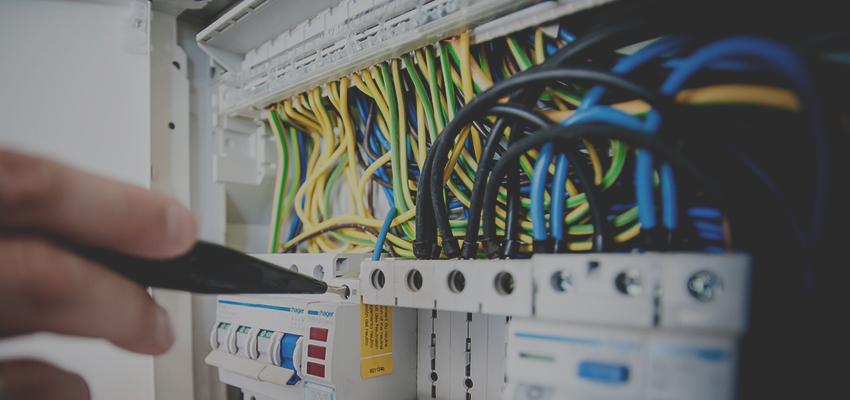
Avoiding Interference by Changing Your Wi-Fi Channel.
Posted May 20, 2020, 3:23 a.m. by Emil S.Changing your Wi-Fi channel number can help your router have a stronger signal. Your Wi-Fi channel matters because it can minimize the amount of interference you can get. Wireless networks send signals through a radiofrequency range.
The 2.4 GHz radiofrequency is the most used frequency band - it is used by most appliances and devices that are Wi-Fi capable such as microwave ovens, baby monitors, cordless phones, and garage door openers.
Not only that, but wireless networks of your neighbors may also interfere with the radio signaling for your Internet connection especially in apartments or condominium units where you share walls. In cases like these, transferring to another channel can solve your problems.
How do Wi-Fi Channels Function?
The 2.4 GHz frequency range is divided into smaller bands or channels. Most countries have an option of available channels to choose from when it comes to Wi-Fi networks, so the channels will depend on your location. For the United States, the Wi-Fi channels 1 to 11 can be used when you set up your wireless LAN.
How to Know Which 2.4 GHz Channel Is the Best?
In the United States, most Wi-Fi enabled appliances and devices use the Wi-Fi channel number 6 by default. If you think you are getting a lot of interference from the other appliances in your home and you are using channel 6, you should transfer to another channel. Take note, though, that all Wi-Fi devices on a Wi-Fi network must be using the same channel.
One thing you should know is that Wi-Fi channels can overlap with each other. Channel 1 has the lowest frequency band, while channel 11 has the highest. The further apart two channels are, there will be a lesser chance of overlapping and interference. You should use channels 1, 6, and 11. These channels will provide you better results since they do not overlap with each other.
How to Know Which 5 GHz Channel Is the Best?
Newer Wi-Fi networks can support 5 GHz wireless connections. The 5 GHz frequency has fewer interference issues than the 2.4 GHz frequency. The best thing about using a 5 GHz frequency is that the channel choices available are channels that do not overlap. The options you have will vary depending on your country.
In the United States, the most recommended non-overlapping 5 GHz Wi-Fi channels are 161, 157, 153, 149, 48, 44, 40, and 36. You also have the options to use channels 136, 132, 116, 112, 108, 104, 100, 64, 60, 56, and 52. These are channels that belong to a regulated category.
When you use any of these channels, the Wi-Fi transmitter will detect first how many devices are using the same channel. Then, it automatically changes the channel in case there are too many devices on it to avoid interference.
Although this feature helps you avoid network interference effortlessly, it can be a complex method especially if you are not tech-savvy. Most network administrators prefer to use the first group of channels mentioned above because they are less complicated.
How to Change Your Wi-Fi Channel
You need to access the router's administration page to check what Wi-Fi channel you are using. Enter your login details and then look for WLAN or wireless channels. From there, you can tweak your settings and transfer them to another channel.
You can set your wireless channel settings better if you make use of the desktop or mobile wireless app. These apps usually give you information on the channel that your network is choosing and the WLANs that your device can access in your range.
This information is crucial because it makes you aware of what channels devices are set at so that you know which channel is the best option for you to transfer to.
If there is Still No Improvement after Changing the Channel?
If you switched to another channel and you still have a slow Internet connection, then radio interference may not be your primary problem. Here are some other reasons why you have an unstable network.
Check your apps and software
Some software and apps can slow down your Internet connection, like email clients and web browsers. Looking for an alternative may speed up the connection you get on your device.
Old router
Look up your service plan and do an Internet speed test. If you are not getting the speed that your Internet service provider should be giving you, you may need to get a new router. But if your modem or router is still new, then the problem must be coming from your Internet service provider. Contact their customer support services to report the problem.
Router position
Sometimes, the location of your router is the problem. You have to take note that where you place your router is crucial as it is the access point. If you set it up in a place that is too low, too high, or surrounded by walls, you will get a low signal. It is best to place your router in the center part of your house, so every room gets to have a stable signal. Your router's location can determine how much signal coverage you can get.
Number of users
If you live in a full house with more than five members, and each member has two to three devices that use the Wi-Fi, then you have too many devices using your home network. This can slow down your Internet speed.
Some routers have a limit on how many devices can use the connection. If you are an administrator and you need the Wi-Fi connection for work, you can tweak the settings and give high priority to your laptop. You also have the option of getting a mesh Wi-Fi network system or getting a second router.
These solutions will provide you with more extensive signal coverage and give more room to accommodate more devices.
